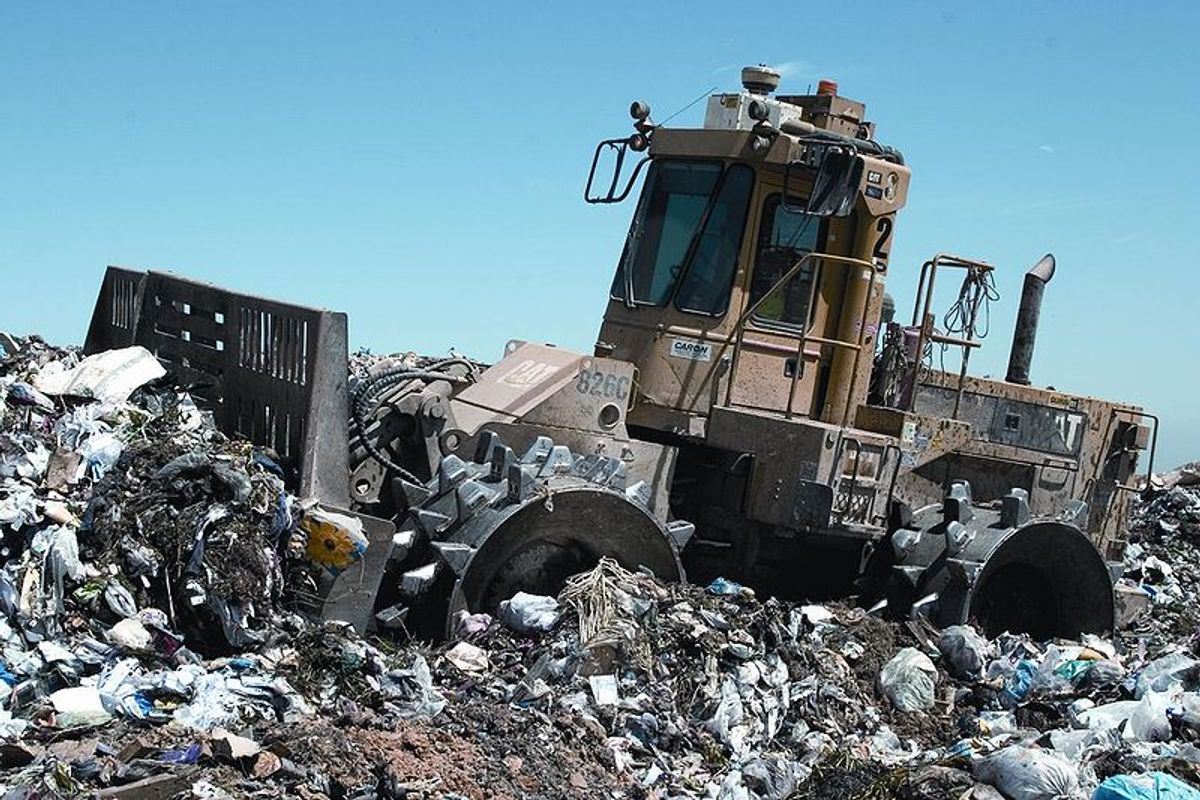Municipal solid waste, sewage sludge and livestock manure all can be converted into energy using various processes, but the investigators, led by Antonio Gomez at the University of Zaragoza, found that the first of those options provides the most cost-effective means of electricity generation. Converting solid waste through incineration and landfill degasification was half as cheap (about 4 euro cents per kilowatt-hour, or about 5.5 US cents) as converting sludge and manure (more than 8 euro cents).
There could be as much as 4.4 million tons of oil equivalent in the country's municipal solid waste, which could produce 15 TWh per year, representing more than 5 percent of Spain's 2006 energy consumption. Landfill degasification could account for another 1.42 percent of the total.
"It gives added value to waste, because it can be seen as a type of fuel with zero cost, or even a negative cost if taxes are paid to collect it," said another of the researchers, Norberto Fueyo, in a press release. Waste in landfills releases the greenhouse gas methane, so using the waste as an energy source reduces emissions both in the avoidance of fossil fuels as well as reductions in landfill gases.
Momentum on waste-to-energy ideas has picked up recently, with the US Department of Energy giving out more than $130 million [PDF] to two companies (Enerkem and BlueFire) looking to open plants that will convert waste to cellulosic ethanol for use in vehicles. We also wrote last week about British Airways' new waste-to-jetfuel plant. It took a while, but trash is finally being put to good use.
Photo via Wikimedia Commons.
Dave Levitan is the science writer for FactCheck.org, where he investigates the false and misleading claims about science that U.S. politicians occasionally make.




